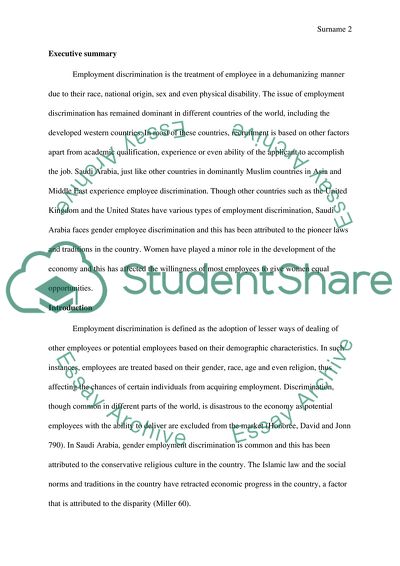Cite this document
(Employment Law - Employment Discrimination Research Paper - 1, n.d.)
Employment Law - Employment Discrimination Research Paper - 1. https://studentshare.org/law/1850113-employment-law-employment-discrimination
Employment Law - Employment Discrimination Research Paper - 1. https://studentshare.org/law/1850113-employment-law-employment-discrimination
(Employment Law - Employment Discrimination Research Paper - 1)
Employment Law - Employment Discrimination Research Paper - 1. https://studentshare.org/law/1850113-employment-law-employment-discrimination.
Employment Law - Employment Discrimination Research Paper - 1. https://studentshare.org/law/1850113-employment-law-employment-discrimination.
“Employment Law - Employment Discrimination Research Paper - 1”. https://studentshare.org/law/1850113-employment-law-employment-discrimination.


